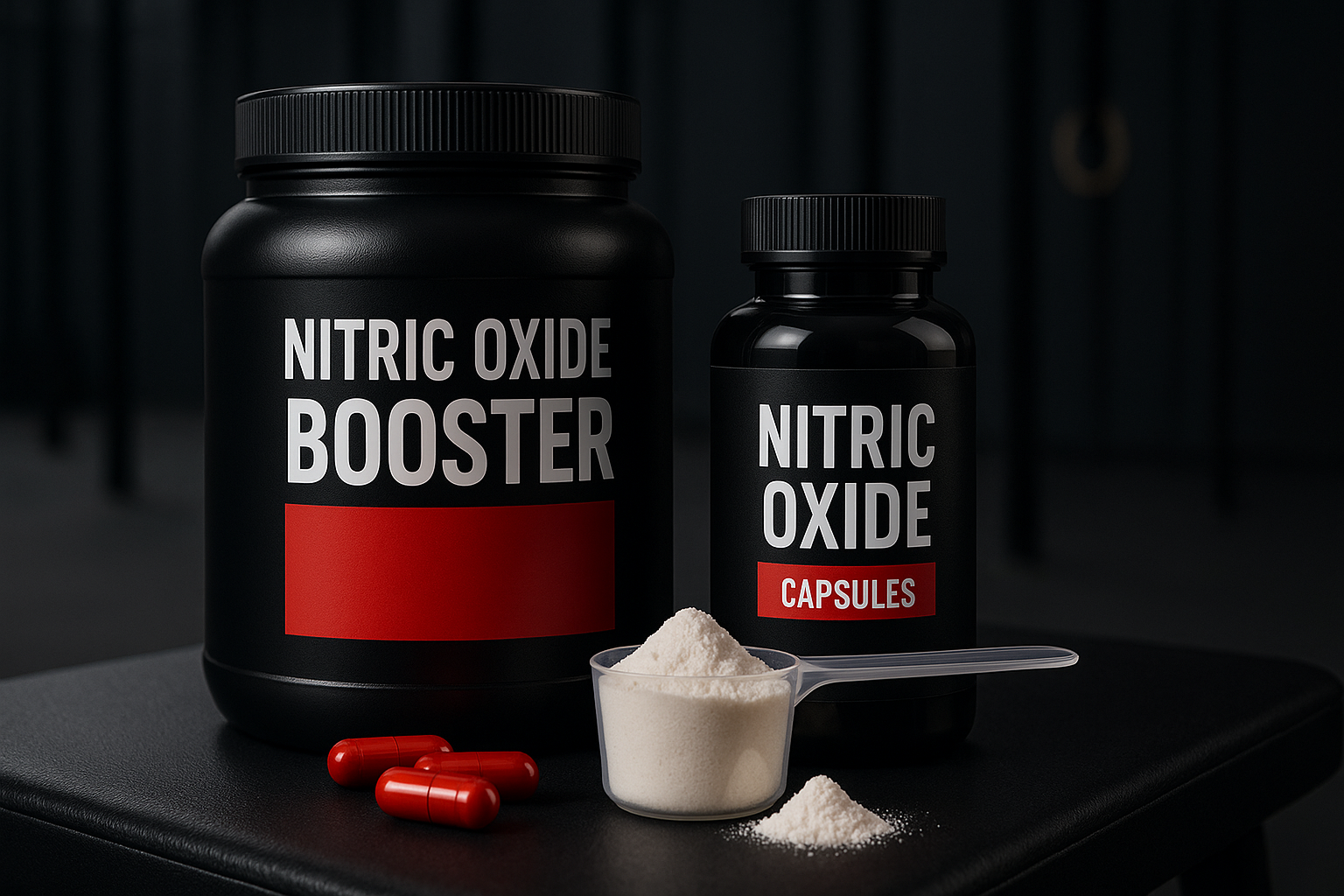Breaking the Fat Loss Misconceptions
When it comes to losing weight, most people instinctively turn to cardio. While jogging or cycling certainly burns calories, resistance training has proven to be a game-changer for fat loss. Beyond the scale, resistance training builds strength, preserves lean muscle, and combats common pitfalls like muscle catabolism and yo-yo dieting.
In this article, we’ll explore why resistance training is so important for fat loss, backed by science and practical insights, and how you can incorporate it into your fat loss workouts for long-lasting results.
What Is Resistance Training?
Resistance training involves exercises where muscles contract against an external force, such as weights, resistance bands, or even bodyweight. Examples include:
- Weightlifting: Dumbbells, barbells, or kettlebells.
- Bodyweight Exercises: Push-ups, squats, and planks.
- Resistance Bands: Portable, versatile tools for strength workouts.
Unlike traditional cardio, resistance training not only burns calories during the workout but also elevates your metabolism long after.
Why Resistance Training Is Superior for Fat Loss
Resistance training offers unique benefits for fat loss that other exercise methods cannot match.
- Burns Calories During and After the Workout
Resistance training triggers the “afterburn effect,” or excess post-exercise oxygen consumption (EPOC). This means your body continues burning calories for hours after you’ve finished your workout. Studies show that the EPOC effect is more pronounced after high-intensity resistance workouts compared to steady-state cardio.
- Preserves Lean Muscle
Weight loss without resistance training often leads to muscle catabolism, where your body breaks down muscle tissue for energy. Resistance training not only combats muscle loss but promotes muscle growth, ensuring your metabolism stays high and you maintain a toned appearance.
- Enhances Basal Metabolic Rate (BMR)
Muscle is metabolically active tissue, meaning the more muscle you have, the more calories your body burns at rest. Resistance training builds muscle, directly increasing your BMR and enhancing fat loss even when you’re not exercising.
Resistance Training vs. Cardio for Fat Loss
Many people think cardio is king for burning fat, but here’s why resistance training takes the crown:
| Resistance Training | Cardio |
|---|---|
| Builds muscle and boosts metabolism | Improve cardiocirculatory fitness |
| Long-term fat-burning benefits (EPOC) | Short-term calorie expenditure |
| Prevents muscle catabolism | May lead to muscle loss without proper nutrition |
While cardio has its place, combining it with resistance training creates a balanced approach for optimal fat loss and overall health.
The Pitfalls of Yo-Yo Dieting and How Resistance Training Helps
Yo-yo dieting—cycling between weight loss and gain—is a common challenge for many people. This cycle often leads to muscle loss and a consequently lower metabolism, making it harder to lose fat over time. Resistance training mitigates these effects by:
- Building and preserving muscle mass: Preventing metabolic slowdown.
- Promoting sustainable fat loss: Strength-focused workouts paired with proper nutrition lead to long-term results.
By incorporating resistance training, you can maintain your progress and break free from the frustrating yo-yo cycle.
If you want to read more about Yo-Yo dieting check out our article here.
Structuring Your Resistance Training for Fat Loss
To maximize results, design your fat loss workouts with these principles:
- Focus on Compound Movements
Compound exercises like squats, lunges, deadlifts, pullups and presses target multiple muscle groups, maximizing calorie burn and muscle engagement.
- Incorporate Progressive Overload
Gradually increase the weight or resistance over time to challenge your muscles and stimulate growth.
- Include High-Intensity Interval Training (HIIT)
Pair resistance training with HIIT sessions for a powerful fat-burning combination. For example:
- 30 seconds of sprints
- 30 seconds of rest
- Repeat for 5 rounds.
- Train 3–4 Times a Week
Aim for consistency. A full-body workout three times a week is ideal for beginners, while advanced individuals can focus on specific muscle groups.
Science-Backed Benefits of Resistance Training
Numerous studies support the effectiveness of resistance training for fat loss. For instance:
- A study published in the Journal of Strength and Conditioning Research found that combining resistance training with a calorie deficit significantly reduced body fat while preserving muscle mass.
- Research from Medicine & Science in Sports & Exercise highlighted that resistance training boosts metabolism more effectively than aerobic exercise.
- In a randomized controlled trial posted on BMC Women’s Health they found that a hypocaloric diet alone can lead to short-term weight loss, but physical activity is essential for improving body composition.
Common Myths About Resistance Training for Fat Loss
Let’s bust some common myths:
- Myth 1: Resistance training makes you bulky.
Fact: Building large muscles requires specific training and nutrition; resistance training for fat loss creates a lean, toned physique. - Myth 2: Cardio is enough for fat loss.
Fact: Cardio is a great tool to improve your cardiocirculatory fitness, but alone it may lead to muscle loss and slower fat-burning results without resistance training.
Conclusion: Take Control of Your Fat Loss Journey
Resistance training is not just a workout; it’s an investment in your long-term health. By incorporating fat loss workouts that prioritize muscle building, you can break free from the yo-yo dieting cycle, combat muscle catabolism, and achieve sustainable weight loss.
Ready to transform your fitness journey? At Empowerise, our personalized coaching programs are designed to help you build strength, lose fat, and feel your best. Don’t wait—start your resistance training journey today and see the difference!






